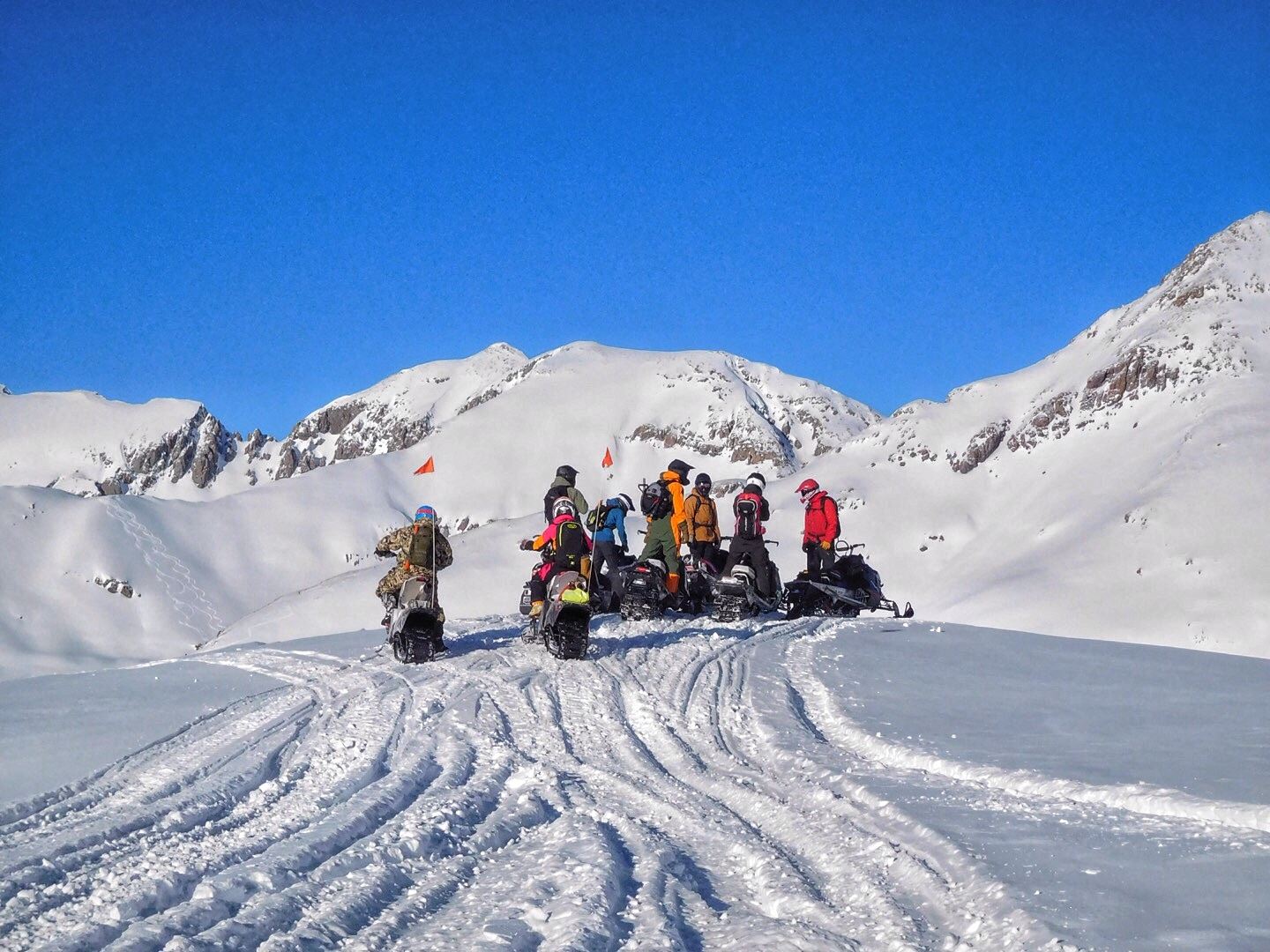Every year about 100,000 avalanches sweep down mountains across the United States, damaging everything in their path and killing 28 people on average.
During the first two months of this winter, avalanches took the lives of seven people while skiing, snowboarding, and snowmobiling.
Since much of avalanche activity occurs on public lands, Simon Trautman, a national avalanche specialist for the USDA Forest Service, offered a few pointers to help make sure fun days in the snow stay that way. Or, if the worst happens, how to increase your chances of survival.
Know Before You Go
Before venturing out in avalanche terrain during the winter, you should first understand the real potential of Mother Nature.
“Not surprisingly, the best way to survive an avalanche is not to get caught in one in the first place," said Trautman. Trautman works at the avalanche forecasting center in Bellingham, WA, one of 14 centers the Forest Service operates.
“Avalanche danger changes day to day, sometimes hour to hour. That’s why it is important to, before going out, look for the most recent information and keep in mind those changing conditions."

To determine that risk, you should check the avalanche forecast at your destination through www.avalanche.org. The online tool, a partnership between the Forest Service and the American Avalanche Association, helps connect the public to avalanche education, including an understanding of the avalanche danger scale that ranges from low to extreme.
The risks are calculated daily by avalanche forecasters on the ground who observe the condition, such as snowpack behavior, humidity, temperature, wind and how those elements act on different terrains. Their findings are updated continuously and posted on the site.
Gear & Training
A second element of increasing safety is to have the appropriate gear and training.
“Emergency services are usually too far away from the scene of an avalanche, and time is important,” said Trautman. "A person trapped under the snow may not have more than 20 or 30 minutes. So, in a backcountry scenario, you are your own rescue party.”
Trautman recommends three essential pieces of gear that will help rescue yourself, a companion, or even a stranger: an avalanche beacon, a probe and a shovel.

Avalanche beacons are radio transceivers that pinpoint where you are. They are simple and easy to use. Everyone heading out for the day wears a transceiver and turns it on before leaving the house. If someone in your group is covered by an avalanche, you can switch the transceiver to receive and quickly locate your friend’s signal.
Then you can use a probe, a collapsible fiberglass pole like a tent rod, to determine the location and the depth of where a person is buried under the snow. Once located, you can use your third tool–a shovel–to expeditiously free your friend.
“There’s a level of responsibility that you have to yourself and to the people you go out with,” said Trautman, “You have to have the appropriate gear, and you need to know how to use it.”
Appropriate training to learn more about identifying dangerous conditions and using the equipment is available for beginners and professionals alike. For beginners, Avalanche.org has an interactive online tutorial. There are many educational opportunities for those who want to learn more, including finding upcoming workshops and courses on the Avalanche.org website.
Staying Alive
Finally, you need to know what’s happening in order to have a chance at surviving the avalanche.
Even if you check your local forecast, have the appropriate gear, and are trained for surviving an avalanche, there is still a possibility that you will find yourself looking up at a fast-moving wall of snow. If you’re well-trained, those learned instincts should kick in to increase your chances of survival.

Many factors can affect the survival rate, such as how long you are buried under the snow, how deep you are buried, and the injuries you suffer as you’re swept down the mountain.
“First, try to get out of the way. Do everything you can not to get caught in the slide,” Trautman said. “Being in an avalanche is like being caught in a fast-flowing river. The most common advice is to move diagonal to the avalanche or try to make your way to the edge, where the slide is not moving as fast and where you’re not likely to be buried as deep.”
However, there is something you can do if you find yourself in the path of a reasonably large avalanche. Try to orient your feet downhill so that your lower body, not your head, takes most of the impact. You may also get into a tight ball as another way to protect your head.
“And once you finally come to rest, you should relax because you know your partners are trained, and they are coming to get you,” Trautman said.

Avalanches have caught many people of varying skill levels off-guard.
“You see a lot of people who get caught in avalanches that are out there really pushing the envelope. And then you also see people who don’t realize that they are pushing the envelope,” he said.
Regardless of a person’s snow activity of choice, anyone traversing a snowy range should be trained, properly equipped, and know the dangers.
“Remember, the best way to survive an avalanche is not to get in one in the first place,” Trautman reiterated. “In the end, we all go out there to have fun. Have fun … but go prepared.”